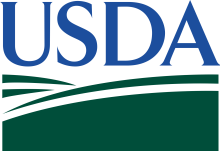Resource information
A study was conducted to identify the most productive cultivars and their cutting management to optimize nutrient productivity in semi-arid areas of Rwanda. Four cultivars of Brachiaria brizantha (Piatá, MG4, Marandú and Xaraes), two cultivars of Brachiaria humidicola (Llanero and Humidicola), two cultivars of Brachiaria hybrid (Mulato and Mulato II) and one cultivar of Brachiaria decumbens (Basilisk) were evaluated against Napier grass (Pennisetum purpureum) in an on-farm trial in a complete randomised block design with four replicates. Forage samples were collected at 60, 90 and 120 days after planting (DAP) and analysed for dry matter (DM), crude protein (CP), organic matter (OM) and neutral detergent fibre (NDF). The nutritional values were also estimated using in vitro gas production (IVGP) and its kinetic parameters, in vitro apparent degradable dry matter (ivADDM), digestible organic matter (DOM), metabolisable energy (ME), partitioning factor (PF) and degradable efficiency factor (DEF). For all cultivars and species, the DM, CP, OM, ivADDM and DOM increased from 60 to 90 DAP and declined thereafter. The NDF contents increased with increase in plant age. Grasses cut at 90 DAP had the highest gas production. The ME differed among grasses and DAP where Piatá had the highest. Furthermore, degradability parameters (A, B, C) and half time (T1/2) differed among grasses and between cutting times. The PF and DEF were correlated with ME. The most promising cultivars were Basilisk, Marandú, Piatá and Mulato II because of their high in these nutritional characteristics.





